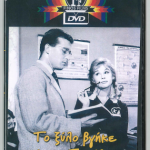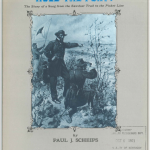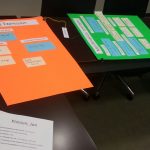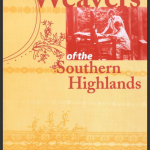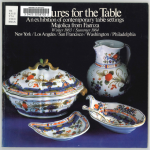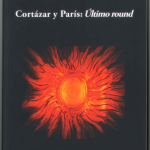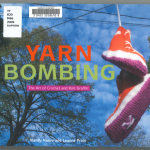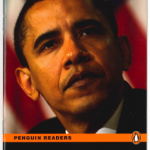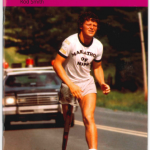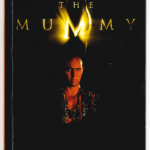Το ξύλο βγήκε απ’ τον παραδεισο (OCLC #810112973)
In the copy I found for this DVD, the title was represented in these linked fields in OCLC:
245 03 ǂa Το ξύλο [beta][gamma]ήκε [alpha][pi]' τον
[pi][alpha]ρ[alpha]́δεισο ǂh [videorecording]. 245 03 ǂa To xylo vgēke ap'ton paradeiso ǂh [videorecording]
In the actual MARC, the latter field would be the “regular” 245 linked using a ǂ6 to the vernacular form of the field in an 880. This appears to be an odd mix of following the LC-PCC PS for RDA 1.4 (Language and Script, section Greek and Other Non-Latin Script Letters, Ideographs, Etc.) and its exception that if a Greek or non-Latin letter appears separately, its name in the primary language should be given in brackets in the primary field, like:
245 10 ǂ6 880-01 ǂa [Alpha]-, [beta]-, and [gamma]-spectroscopy
880 10 ǂ6 245-01/(S ǂa α-, β-, and γ-spectroscopy
(There is a similar instruction in AACR2.)
Given that only a few of the letters were converted, and the change was made in the wrong version of the field (and how many similar results are retrieved by the search “ti: gamma and la: gre”), it looks like somebody’s clean-up script has gone wild.
Be aware of such weirdness when searching for Greek!
